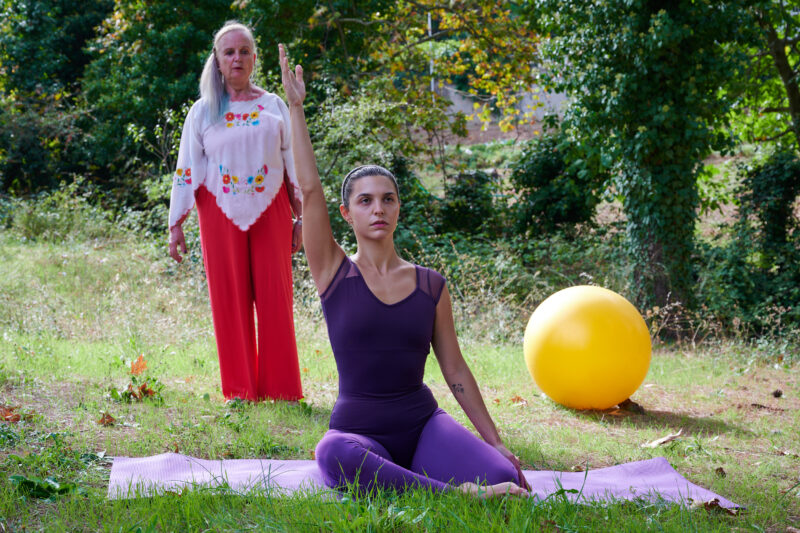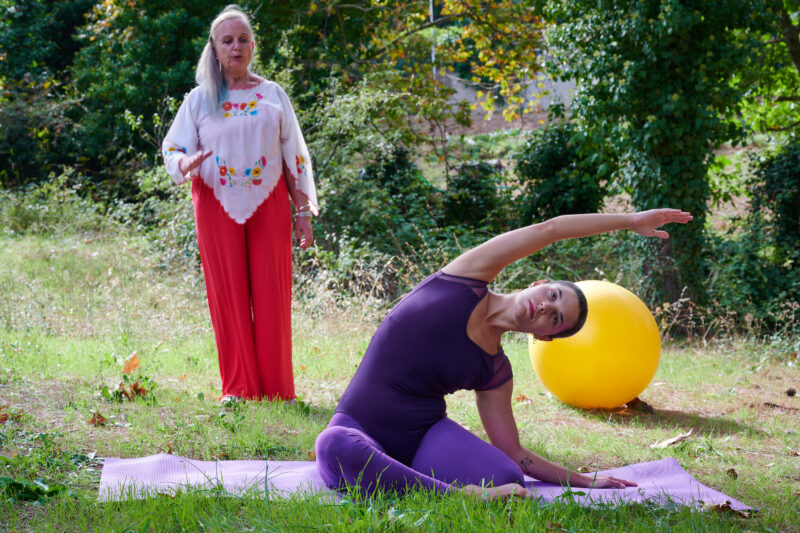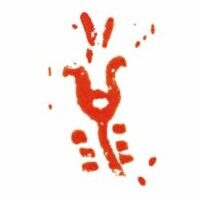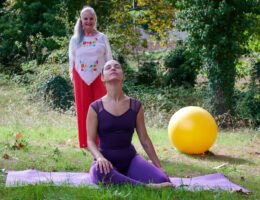I have shared with you that Jerome Andrews said that Joseph Pilates spoke about 4 spinal positions or successions. I have written blogs on the first 2. See my blog on the First Spinal succession here https://jennycolebourne.com/jerome-andrews-pilates-the-first-spinal-succession/(opens in a new tab), about the Second Spinal Succession https://jennycolebourne.com/second-spinal-succession-and-position-for-refined-pilates-and-yoga/(opens in a new tab) Here is the 4th.
The fourth spinal succession has to do with lateral bending.
The Mermaid is the perfect exercise to explore this.
MERMAID.
RECOMMENDED.
This exercise is good for everyone. The starting position may sometimes bother those with knee problems but you do have more than one starting position to choose from. Hopefully one will suit the student.
PREGNANCY 🙂
Pregnant women can do this exercise throughout their pregnancy. At a certain point when the belly gets larger it is better to sit cross legged or in the second starting position.
LEVEL.
Intermediate.
REPETITIONS.
3 – 5 on each side.
NOTES.
This exercise is performed in smooth, continuous way, with flow. The breath is always just as important as the movement.

STARTING POSITION.
Sit on the left hip with both legs bent. The knees are pointing forward and form a zig zag. Relax in the right hip and lower it to the floor. Have the spine long and proud. The pelvis is square to the front. The arms are at the sides of the body, gently rounded as if framing the body.
There is an alternative starting position which is called 4th position in contemporary dance. This is the position shown in the picture. Sit on the left hip. Both knees are bent but this time the front leg is bent at a 45% angle and the shin bone is parallel to the front of the mat. The right knee is bent inwards and goes behind the body. Once again relax in the right hip and has far as possible lower it to the mat. The pelvis is square to the front. The arms are at the sides of the body, gently rounded as if framing the body.
Your focus is in the *middle body.

BREATHE IN.
Being careful not to hyper extend the elbow, feeling the support of the left lung and shoulder blade, raise the left arm to the side and above the head in a wide, graceful arc. Keep the shoulder soft, slide the shoulder blade downwards without strain and bring the arm as close as possible to the ear. Make sure the hand and fingers have shape but that they are not tense. Once there is tension in the hand and fingers there will be tension in the shoulder. Feel the fingers extending out into space.
Feel the sit bones rooted and the crown of the head lengthening to the sky.

BREATHE OUT.
Lengthen the spine, keep the left hip rooted to the floor and lifting up and over, bent the spine to the right. Keep the body on one plane, this is just a lateral movement which means both shoulders will be flat to the front. The head moves as a continuation of the spine. Think of the crown of the head as being the last vertebra. At the same time the right elbow comes to the mat directly under the shoulder joint. The forearm and the palm of the hand are parallel to the front of the mat. Make sure the underneath arm does not block your stretch. Slide it further out if you need to. Feel as though the fingertips and the crown of the head are being drawn out into space. The side of the body facing the mat should soften and condense in order to allow the the stretch in the side of the body facing the ceiling.
BREATHE IN.
Stay in the stretch. Feel of the side of the ribs, facing the ceiling, filling with your breath.
BREATHE OUT.
Deepen into the stretch by relaxing where you feel a resistance or pulling and surrendering the torso and arm to gravity. Remember to keep the opposite hip grounded. Imagine the side of the spine facing the ceiling and how the spaces in between each the vertebrae will be open like a fan.
BREATHE IN.
Roll back up vertebra by vertebra, starting, truly, from the very base of the spine, the tip of the coccyx. You place one vertebra on the other as you move up. This is the fourth spinal succession. As you come up have a picture in your head of where you will return to. You will return to your axis feeling the sit bones like they have roots going deep into the earth and the crown of the head lengthening up into space.
BREATHE OUT
Open the arm to the side and bring it down beside you.
*Middle Body. Imagine your body as if it were in 3 slices. Front body, back body and between those is the middle body.

